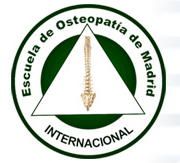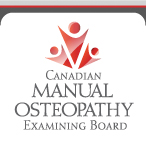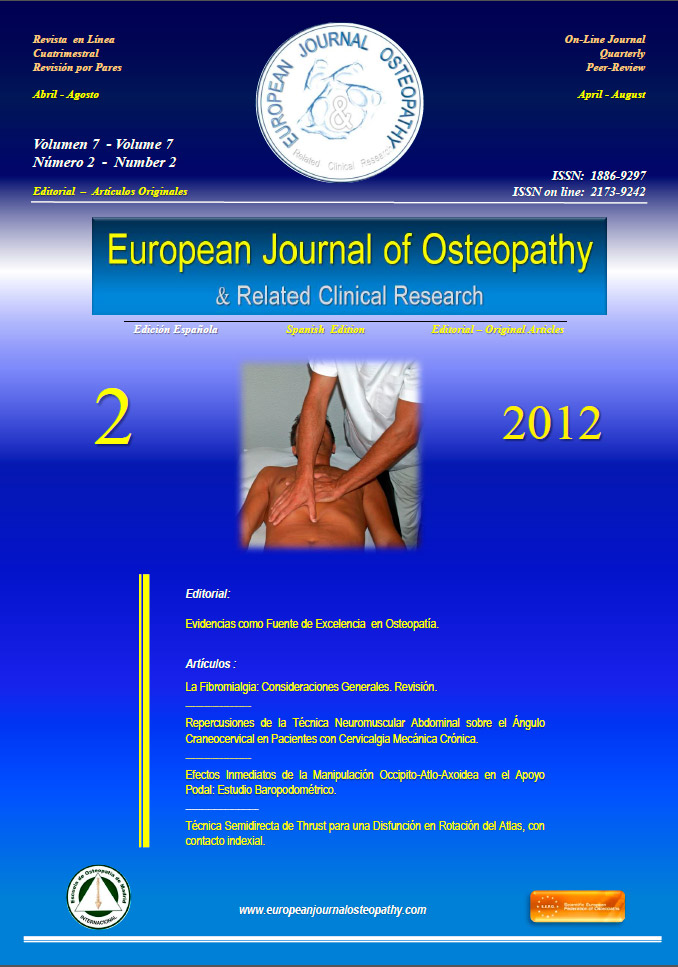By Linda Flanders
We have created and now live in a fast paced technological world. Our children are taught about computers as early as elementary school, and the speed of computers doubles every 18 months.
More and more children are being diagnosed with Attention Deficit Hyperactivity Disorder and other learning difficulties. They have short attention spans and are easily distracted. Often they run into behavioral difficulties and are on medication or have tried different types of behavioral modification.
But neither of these address the “physical feeling” of anxiety. Neither can alter the “hunched over” body posture of anger, depression or fear. Nor can they address children who have no sense of their bodies, but are, instead, “warp speed” mind and action, with no functional purpose. The Feldenkrais Method® can address these issues.
Terry is a nine-year-old boy. He has three psychiatric diagnoses and is on several medications. He aimlessly goes from activity to activity, cannot read or write, cannot go with his family to indoor events and has been violent to his siblings and teachers. His own anxiety level is very high; he is afraid of most things and has trouble sleeping.
He was originally reluctant to be touched at all, but finally agreed it was OK “for his feet.” Since Feldenkrais®; lessons work through the muscular/skeletal system, this did not create a problem. Through his feet, it was possible to connect with his entire skeleton and make changes in his habitual muscular patterns of anxiety. Since lessons began, he is relaxed enough to sleep through the night and often falls asleep during a lesson. Now that much of his anxiety has lessened, he has been able to focus enough on his schoolwork that his learning disabilities have now been recognized . Brian is a 16 year old. He has been on probation since he was 10 and currently will not get off until he is 18. He is usually agitated and has an instantaneous anger response. He becomes violent quickly. His habitual muscular patterns include hunched up shoulders and clenched fists. He was willing to lie on a table for lessons, but he agreed only to having his hands touched.
Again, by working through the hands, the Feldenkrais Method allows for a connection with the entire skeleton. Moving his body, through his hand, allowed ease in his breathing, his shoulders to lower and his hands to unclench. When he stood up, his posture was noticeably different and he felt the change in his anxiety level. The first time he did not like the feeling. He felt vulnerable. But by the second lesson, Brian easily noticed differences and liked the new way he felt. His anxiety level decreased and his behavior at school and home has changed dramatically for the better. His behavior outbursts are less often, not as severe and he recovers from them faster.
Dr. Moshe Feldenkrais said, “Movement is life.” Awareness of how we move and flexibility in the ways we move creates the foundation for a less stress-filled life. Awareness Through Movement® lessons are one of the fastest ways to build this foundation.








 4:08
4:08
 Daniel Enriquez de Guevara
Daniel Enriquez de Guevara





























.jpg)






















0 comentarios :
Publicar un comentario